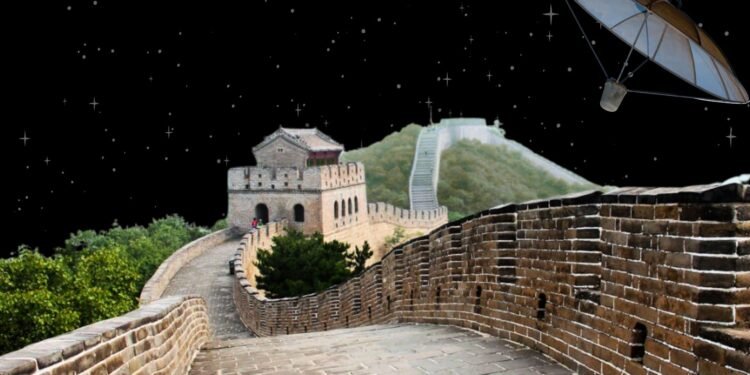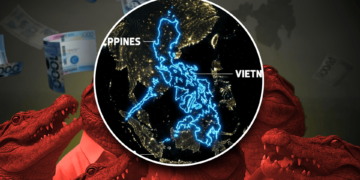For years, people swore that the Great Wall of China was the only man-made structure you could see from orbit. Sounds epic, right? Too bad it’s wrong. Astronauts have said again and again they couldn’t spot it, and even China’s first space traveler admitted as much.
The truth? The Wall is a thin, earth-colored line that blends perfectly into its surroundings. If you want something that actually pops out from space, try city lights that burn brighter than a Christmas mall sale.
The myth was built taller than the Wall itself
The whole “visible from the Moon” claim started centuries ago and got boosted by comics, books, and later, classrooms that loved a catchy factoid. When Yang Liwei returned from his Shenzhou 5 mission in 2003 and said he couldn’t see the Wall, the nation was stunned.
China even edited its schoolbooks after the embarrassment. Reality check: length doesn’t matter here — width does. The Wall averages less than six meters wide, which is basically like trying to spot a two-centimeter cable from half a kilometer away. Unless you’ve got the eyesight of an eagle hopped up on steroids, it’s impossible.
The Wall fades, the world shines
Astronauts have a better time spotting highways, airports, or even the Three Gorges Dam. Why? Contrast. Long runways and concrete strips jump out against their backgrounds.
Meanwhile, the Wall was built to hide — stone and clay merging into hillsides. At sunset, it can sometimes cast shadows long enough to give itself away, but that’s like spotting your friend only when they wave their arms in front of a streetlight.
Even the Pyramids of Giza and massive greenhouses in Almería stand out clearly than China’s pride and joy. Natural landmarks crush it too: the Himalayas, the Amazon River, and the Great Barrier Reef. Even astronaut Ed Lu once said you can spot a plane’s contrail with a glint of sunlight, while the Wall is like… nope. Hidden.
Humanity’s real marks on Earth
The irony? The Wall doesn’t show up, but the damage we do absolutely does. From space, astronauts see deforestation bleeding into oceans, wildfires leaving trails of smoke, and pollution smothering skylines.
The brightest thing out there isn’t some ancient defense wall — it’s our sprawling cities that glow like neon scars on the planet. As one European astronaut noted, it’s “next to impossible” to spot the Wall, but humanity’s footprint is unmistakable.












